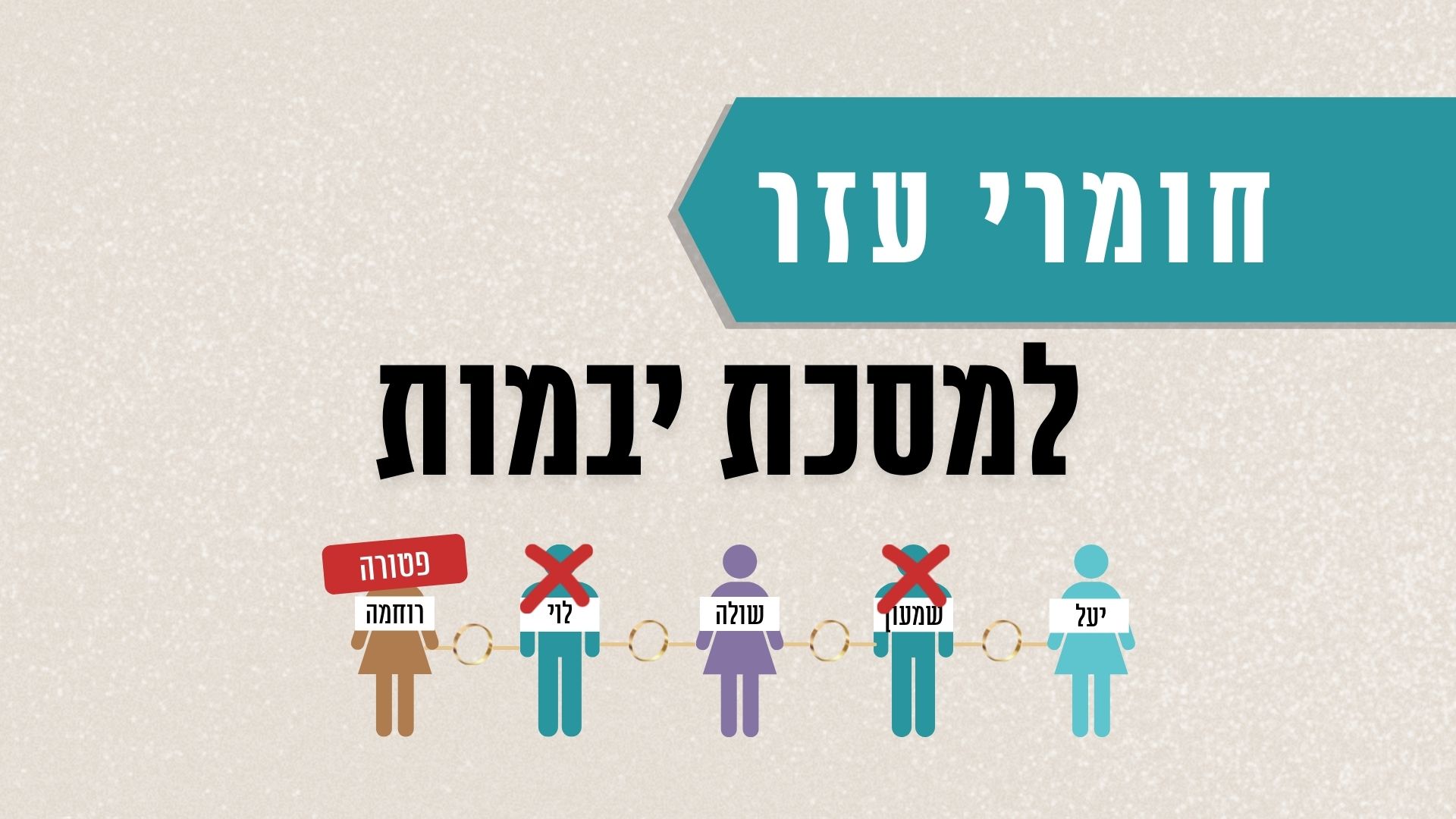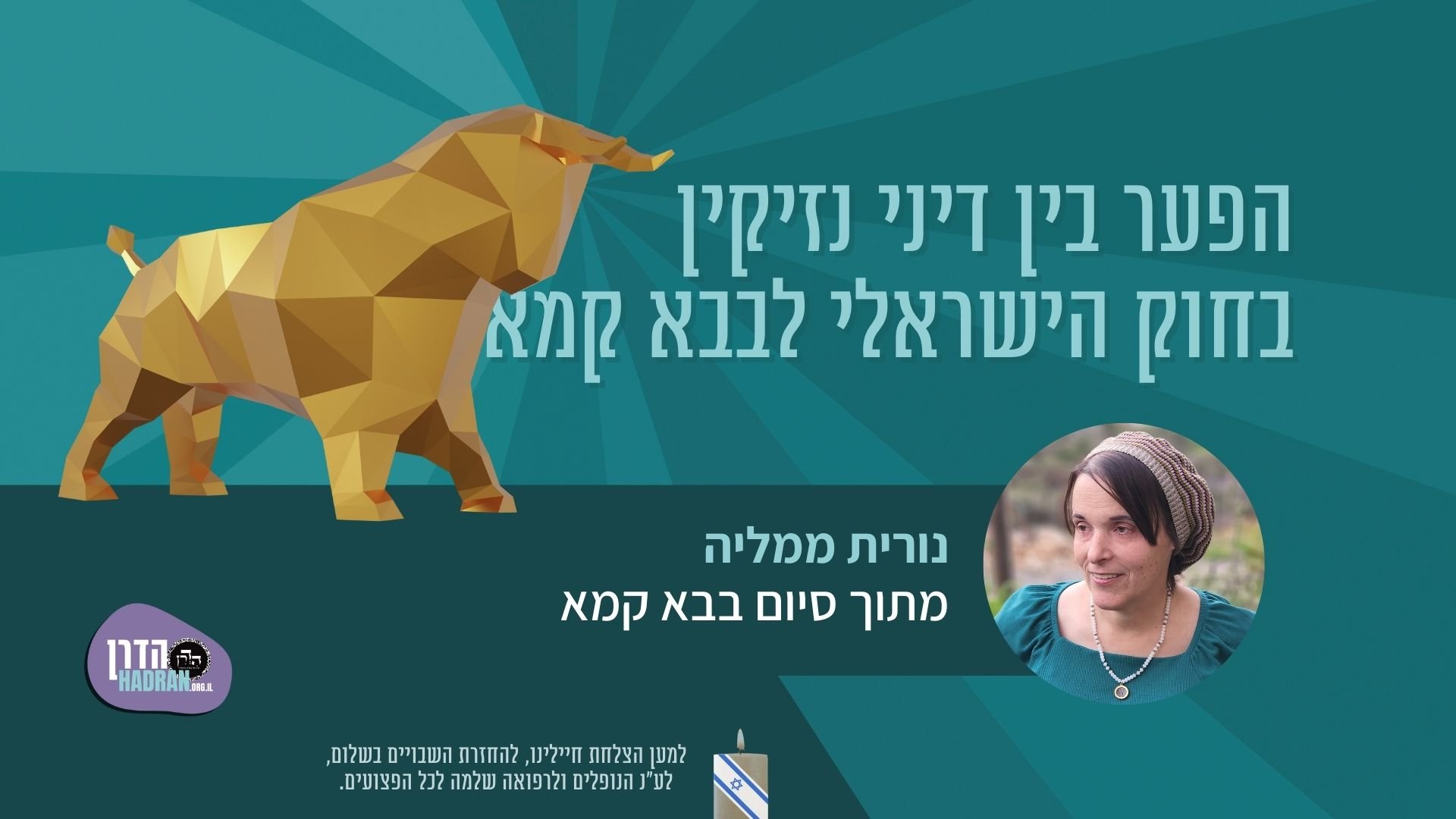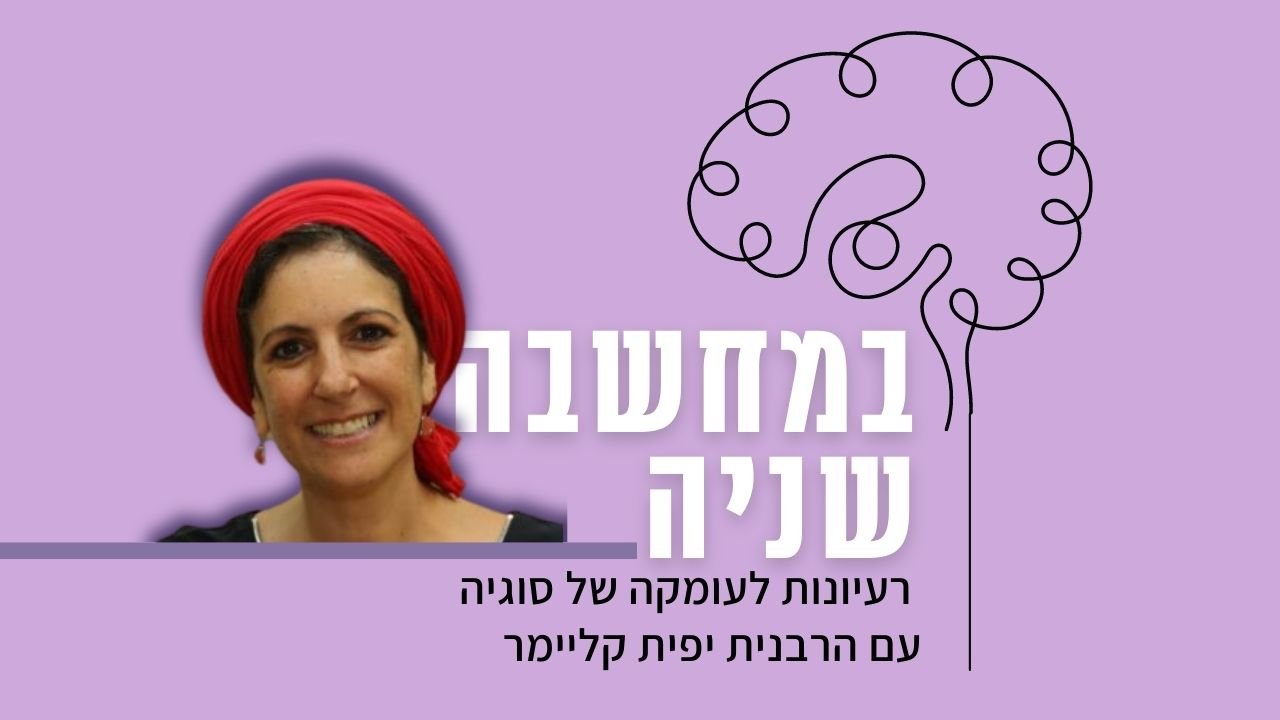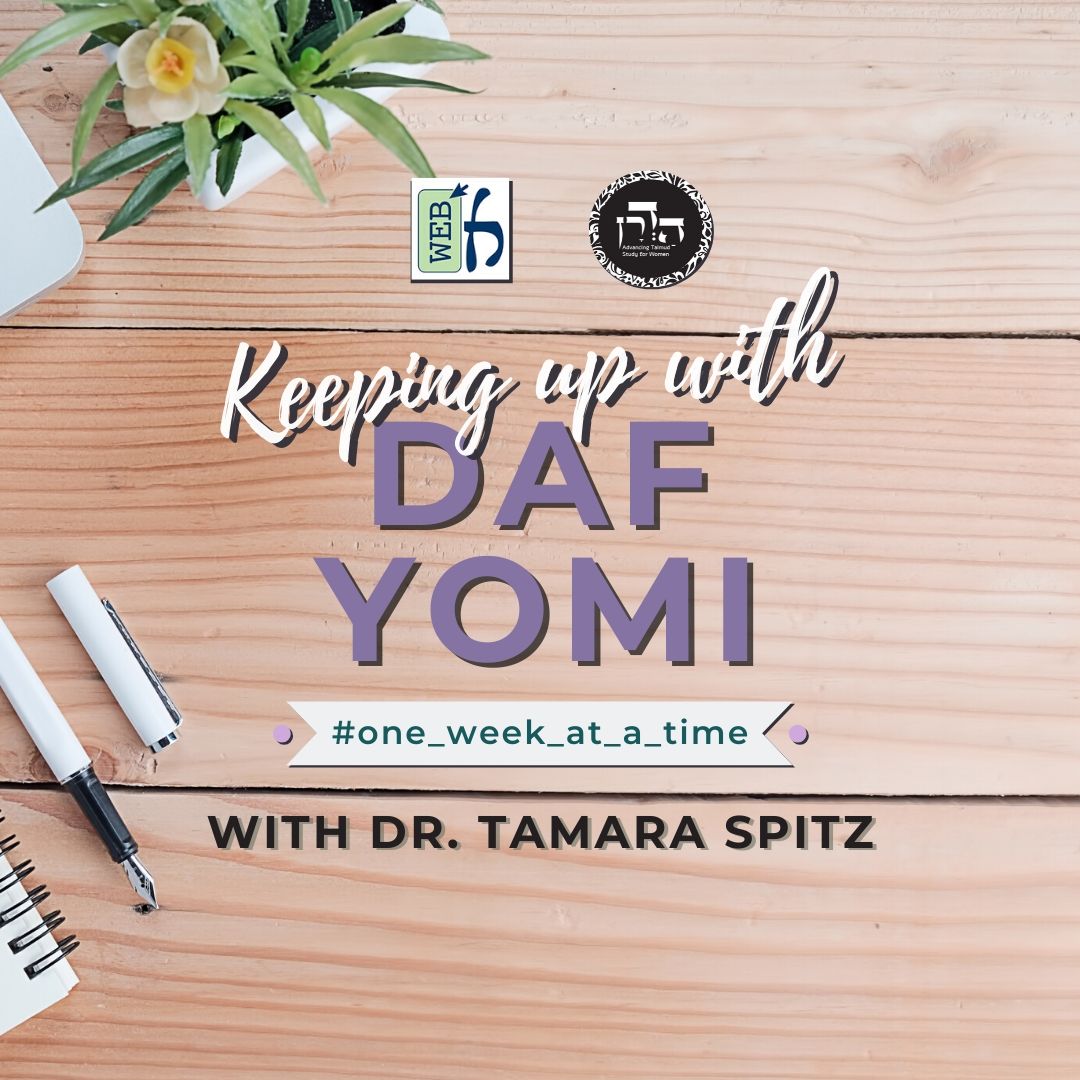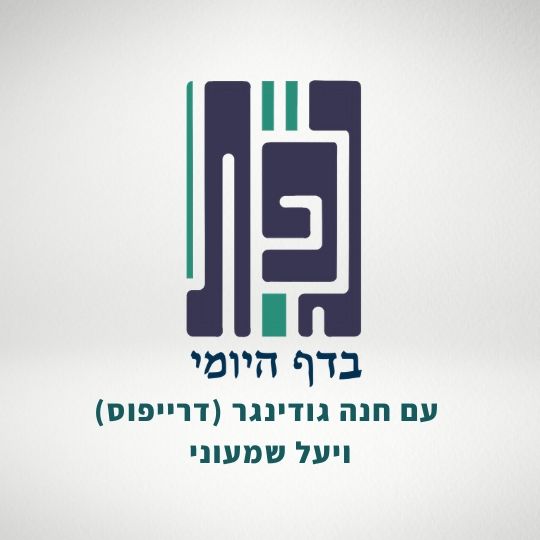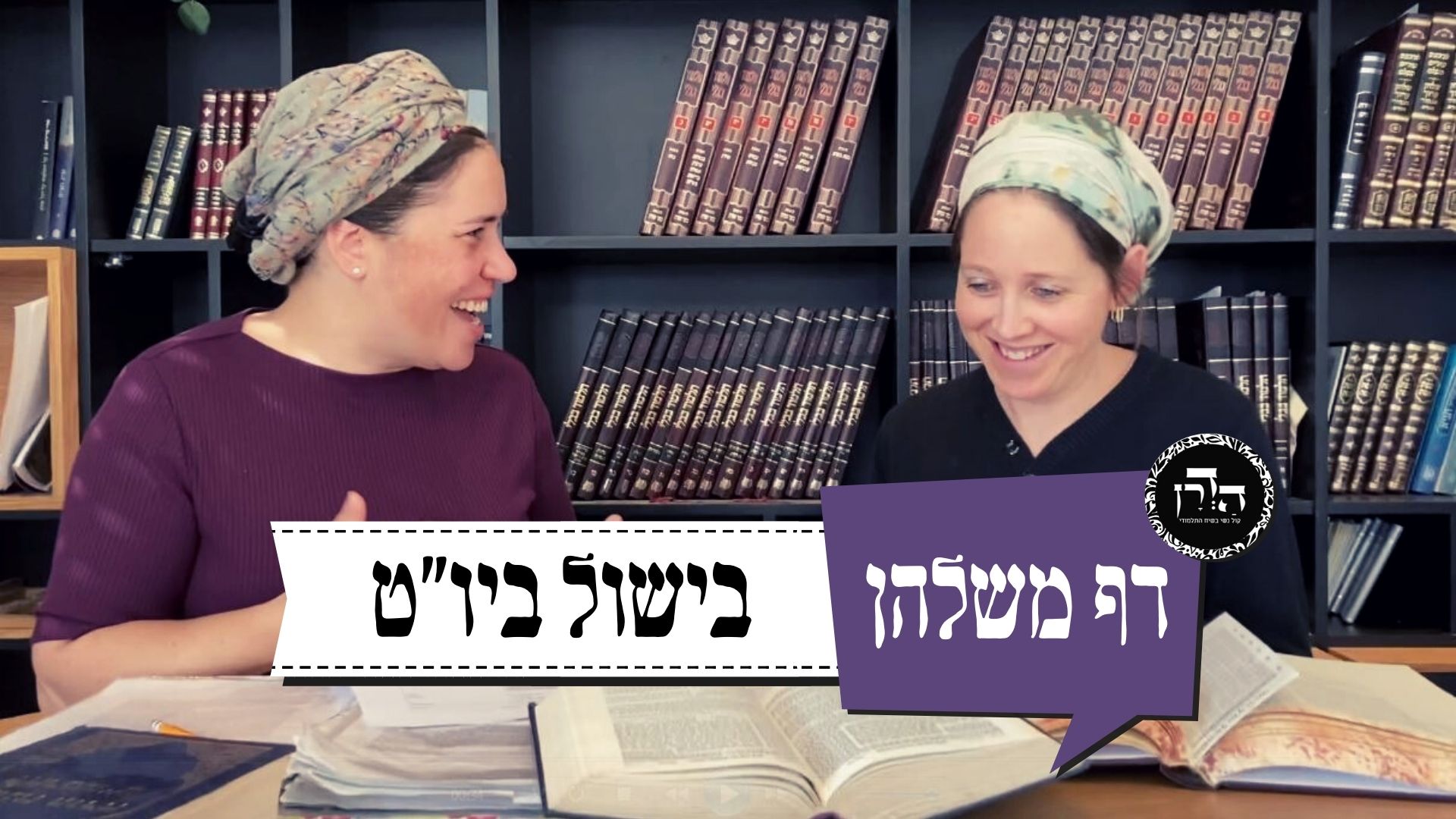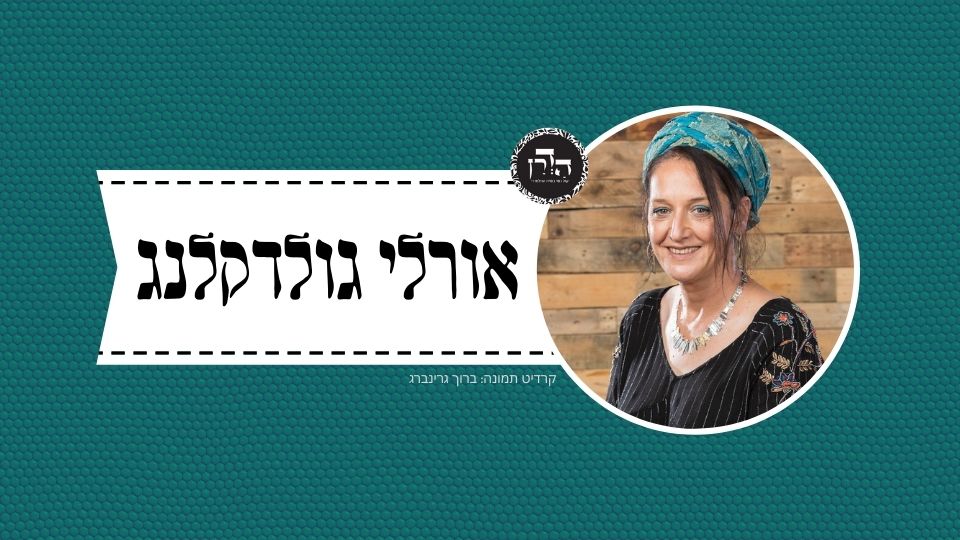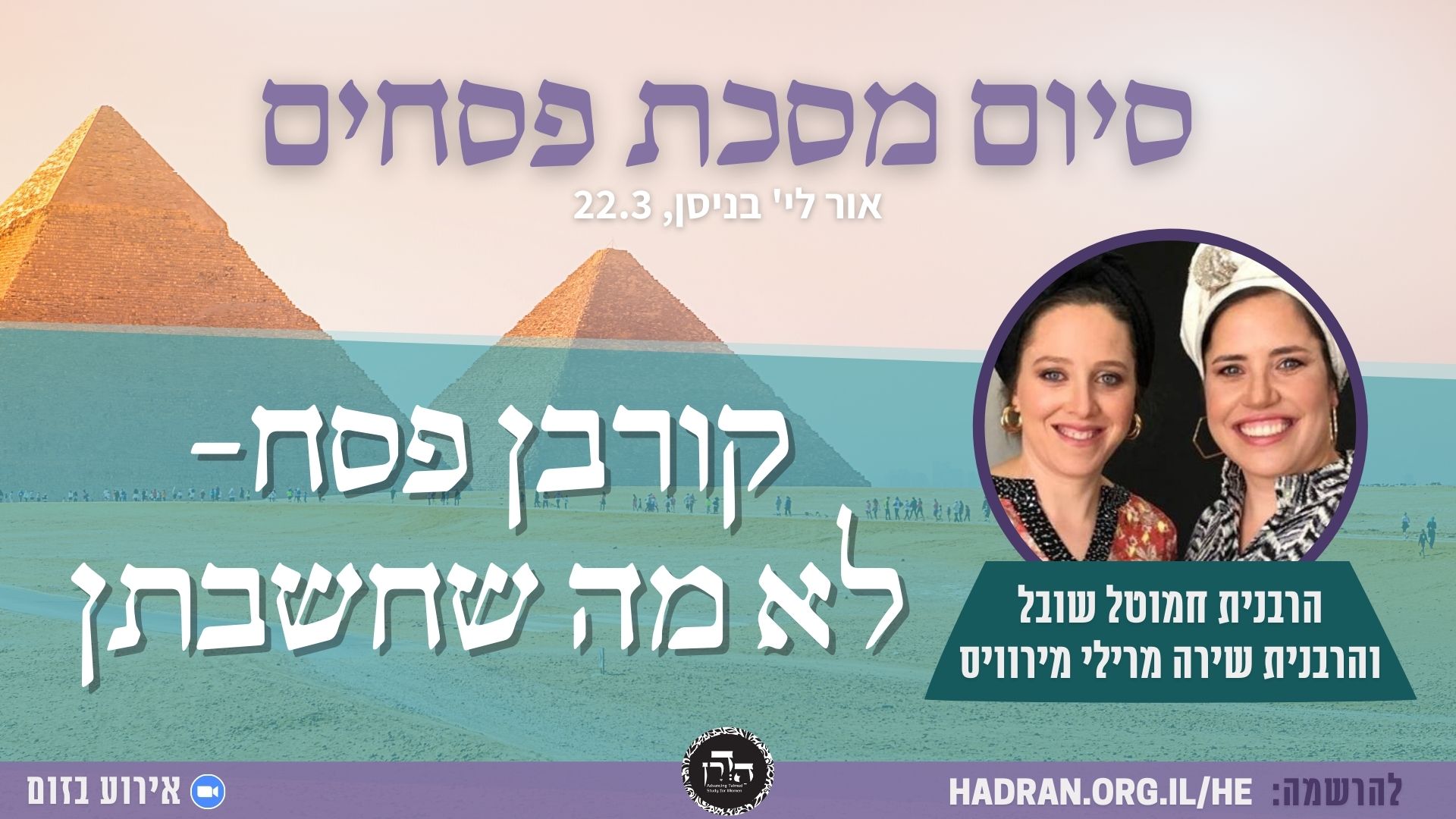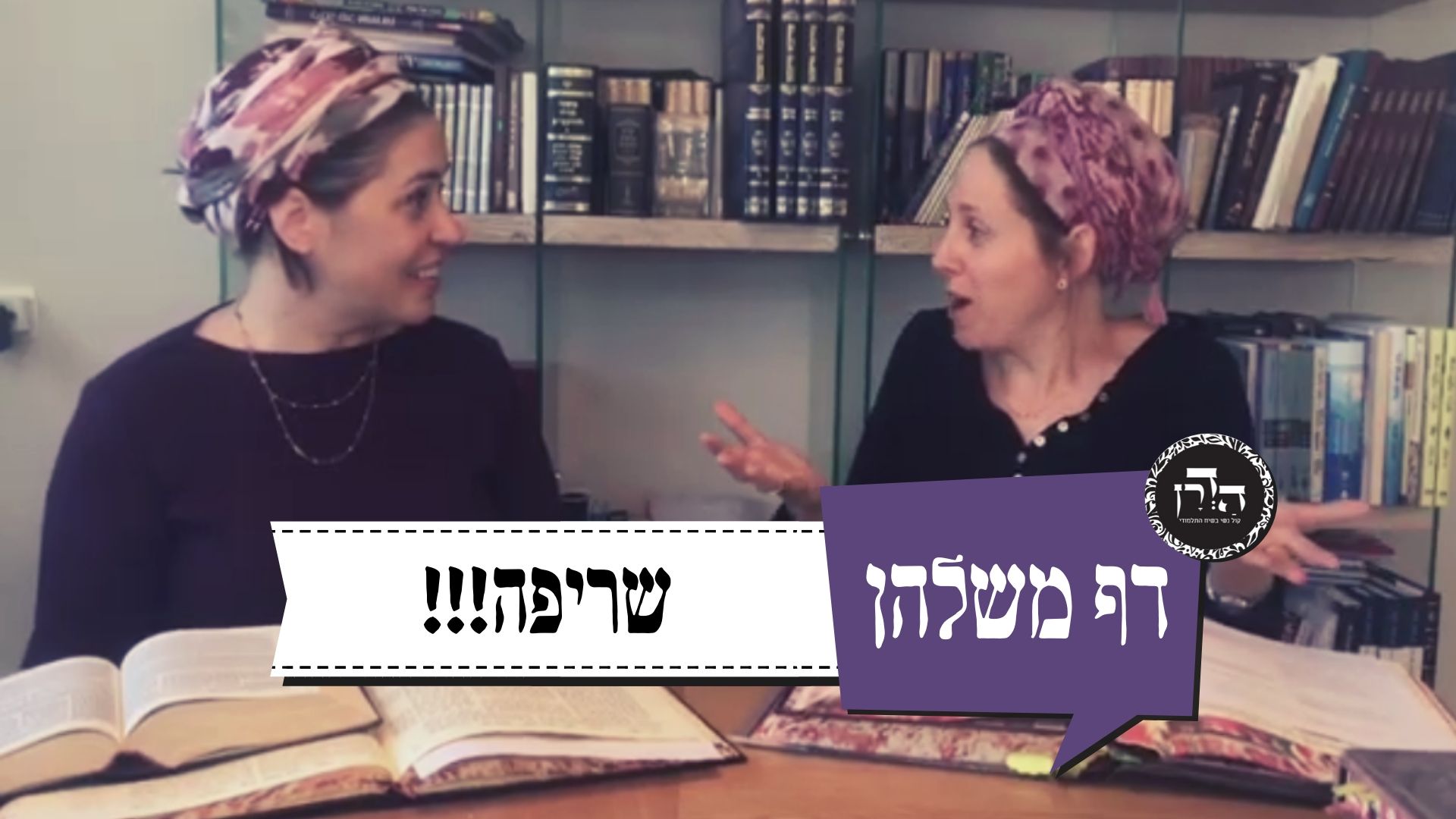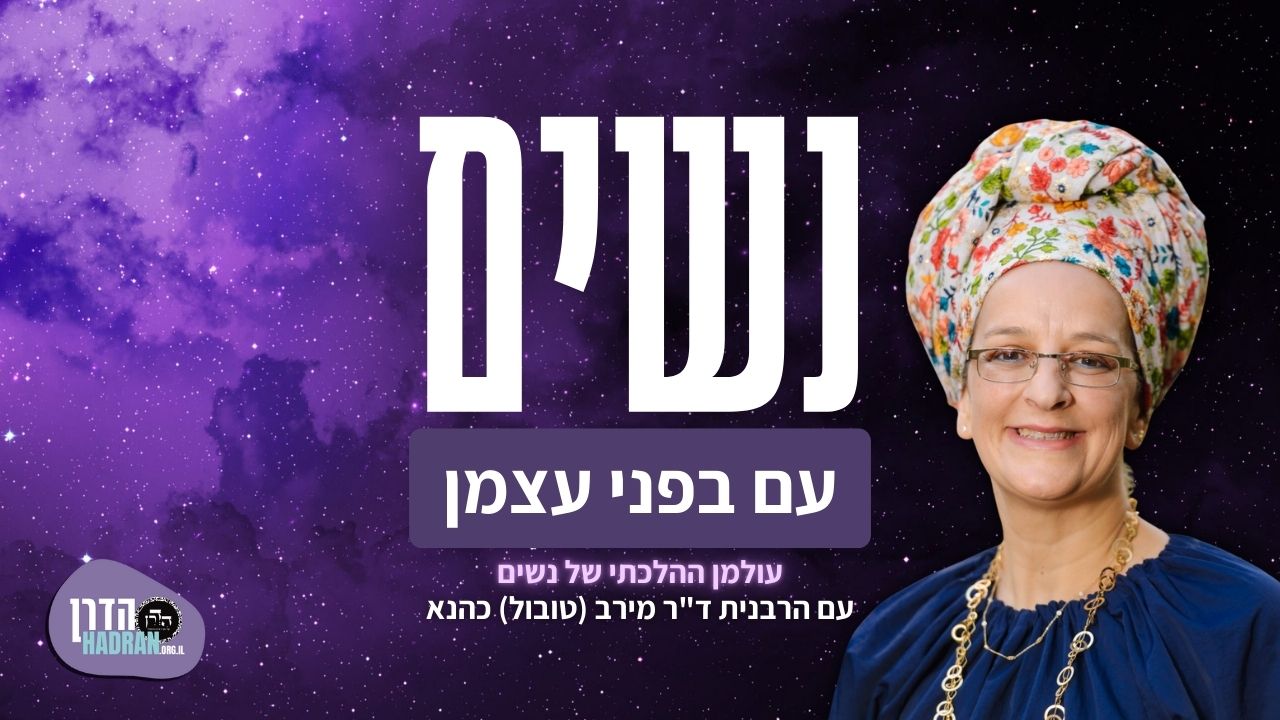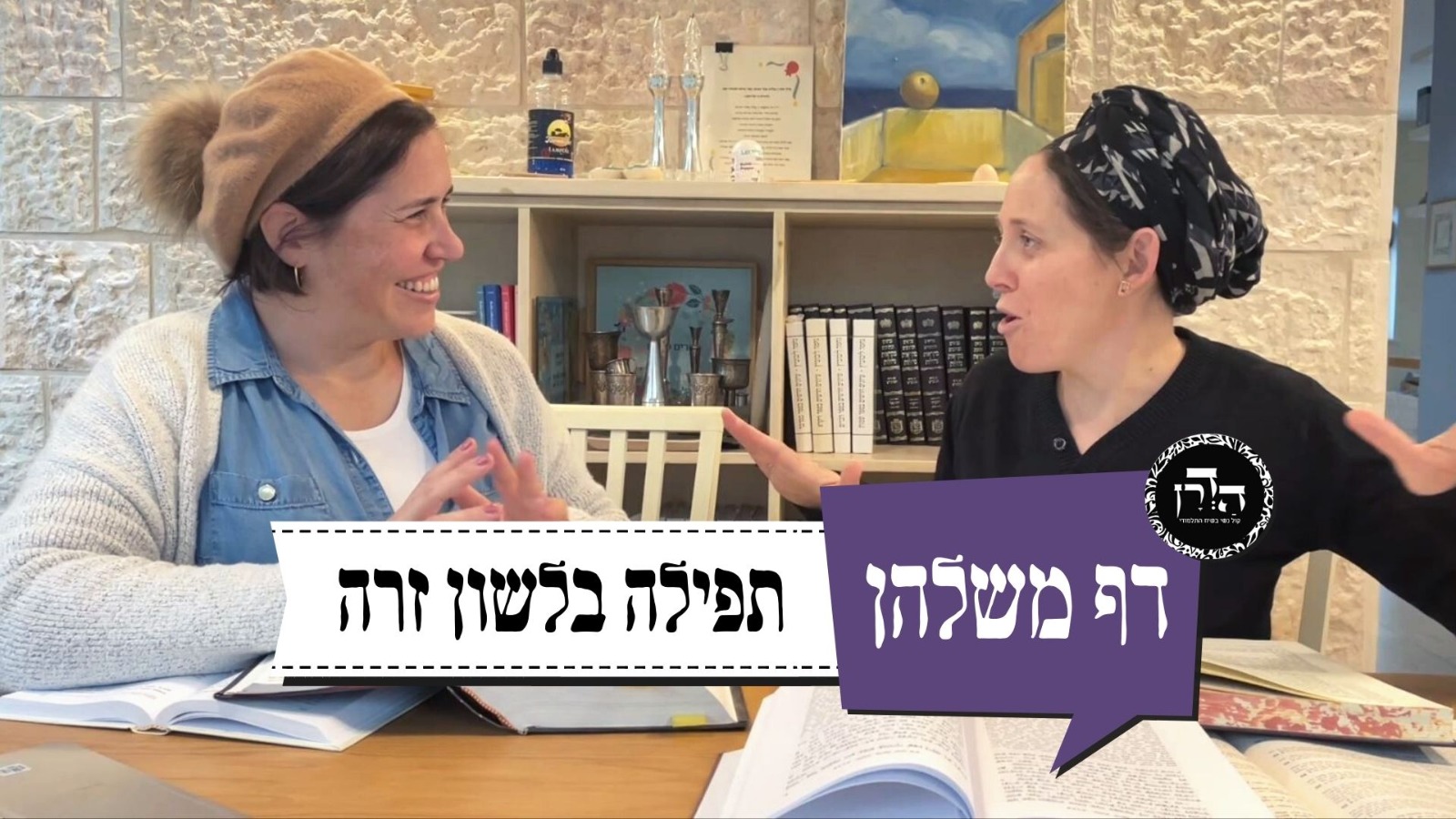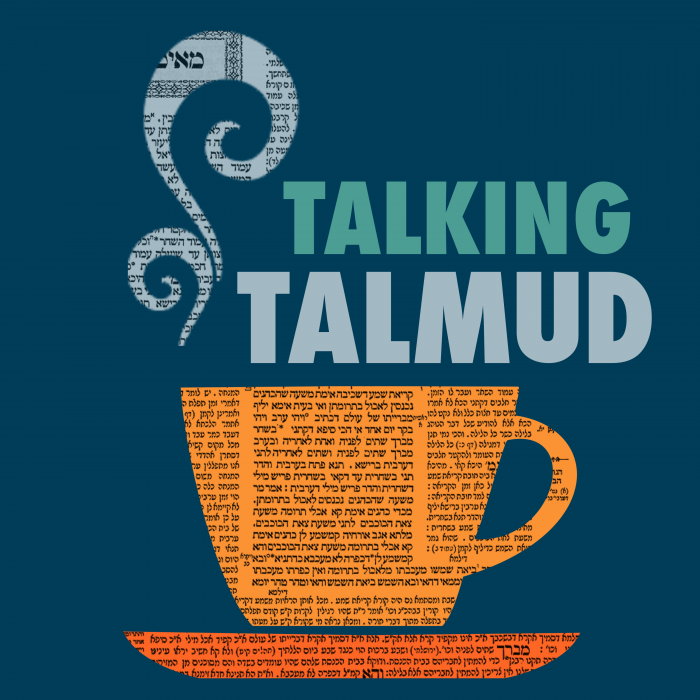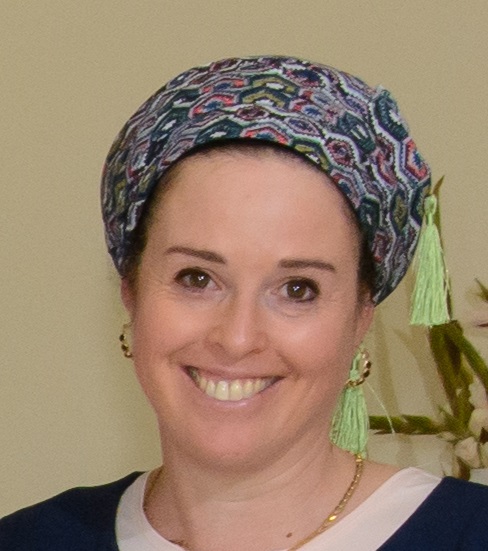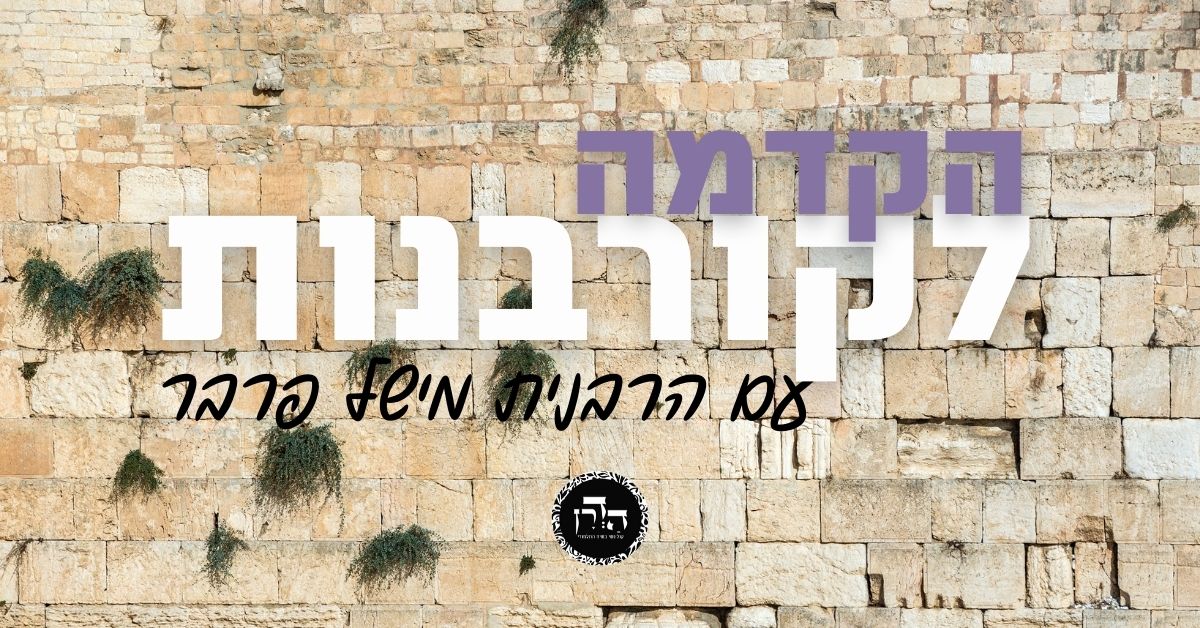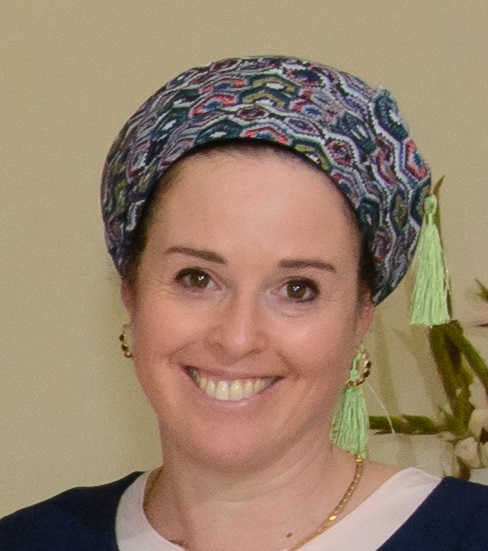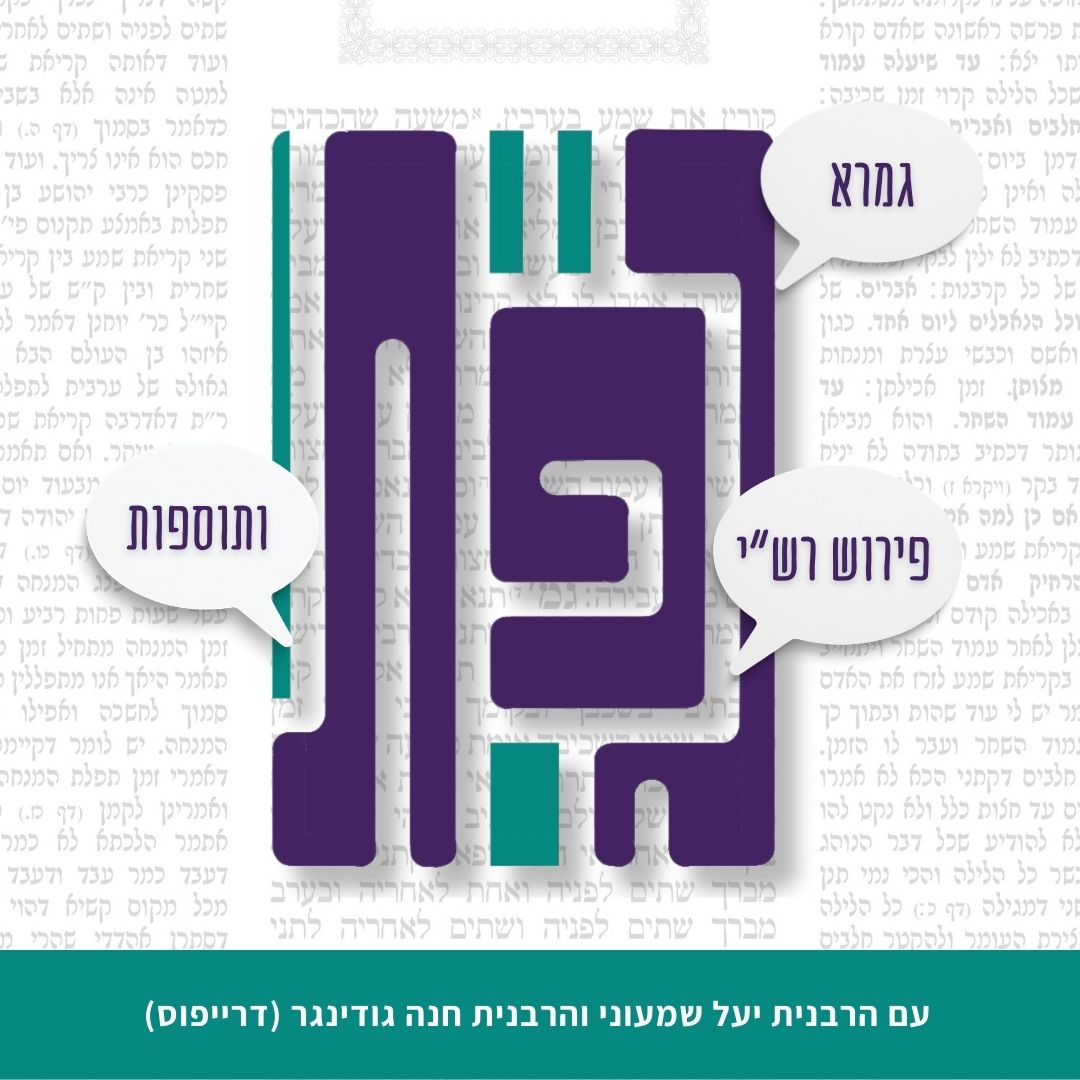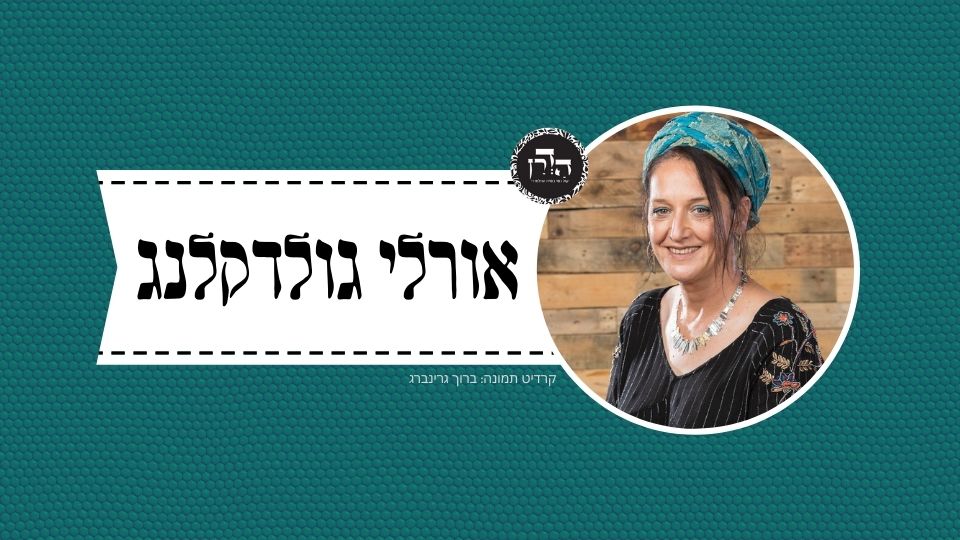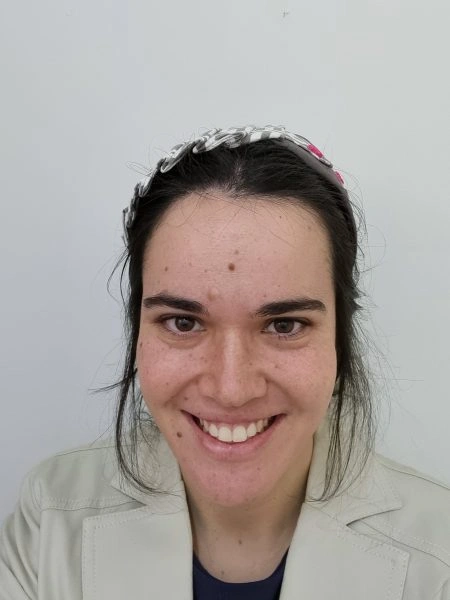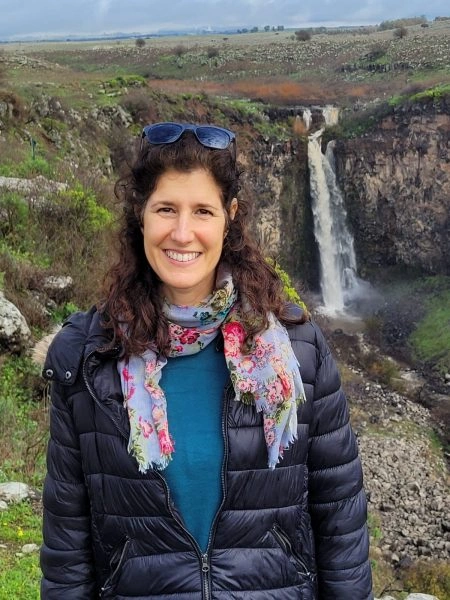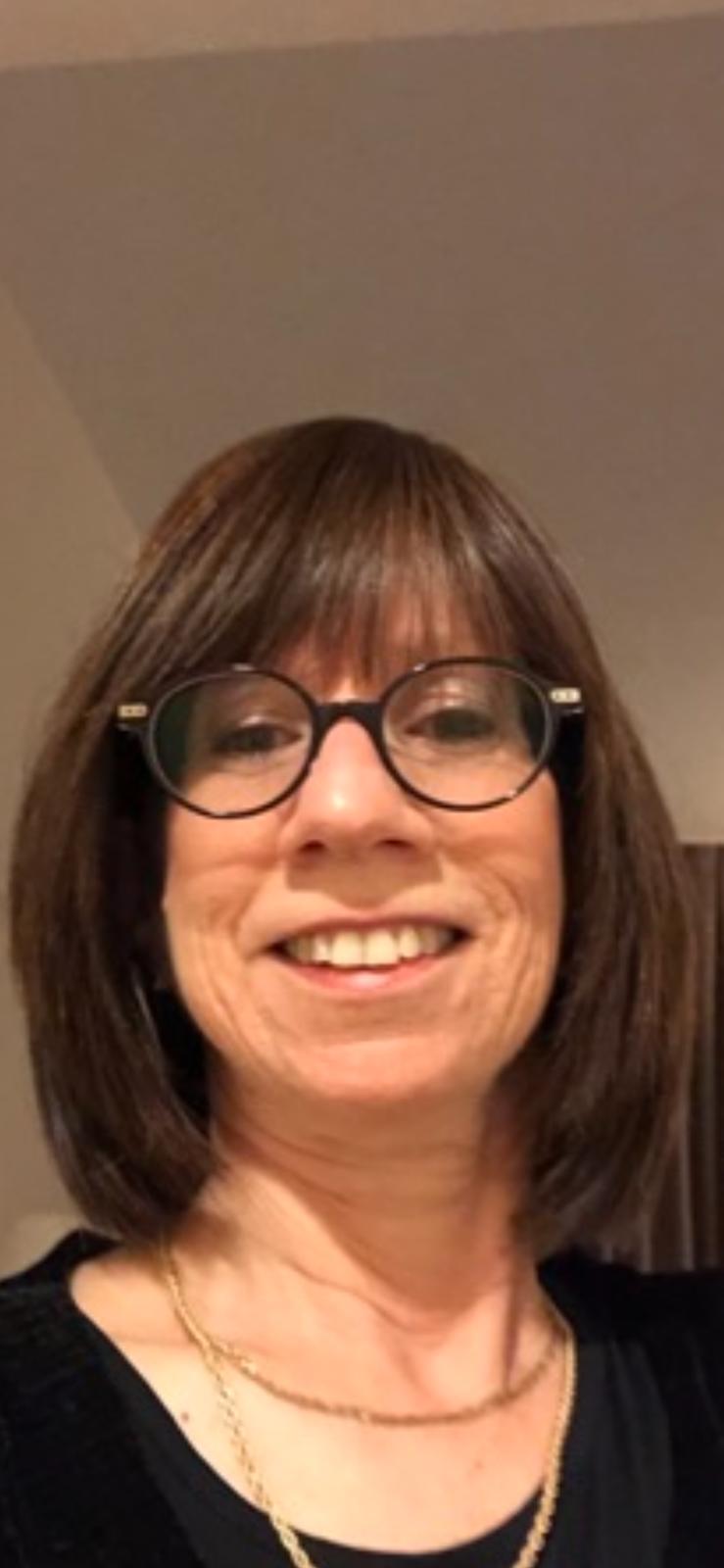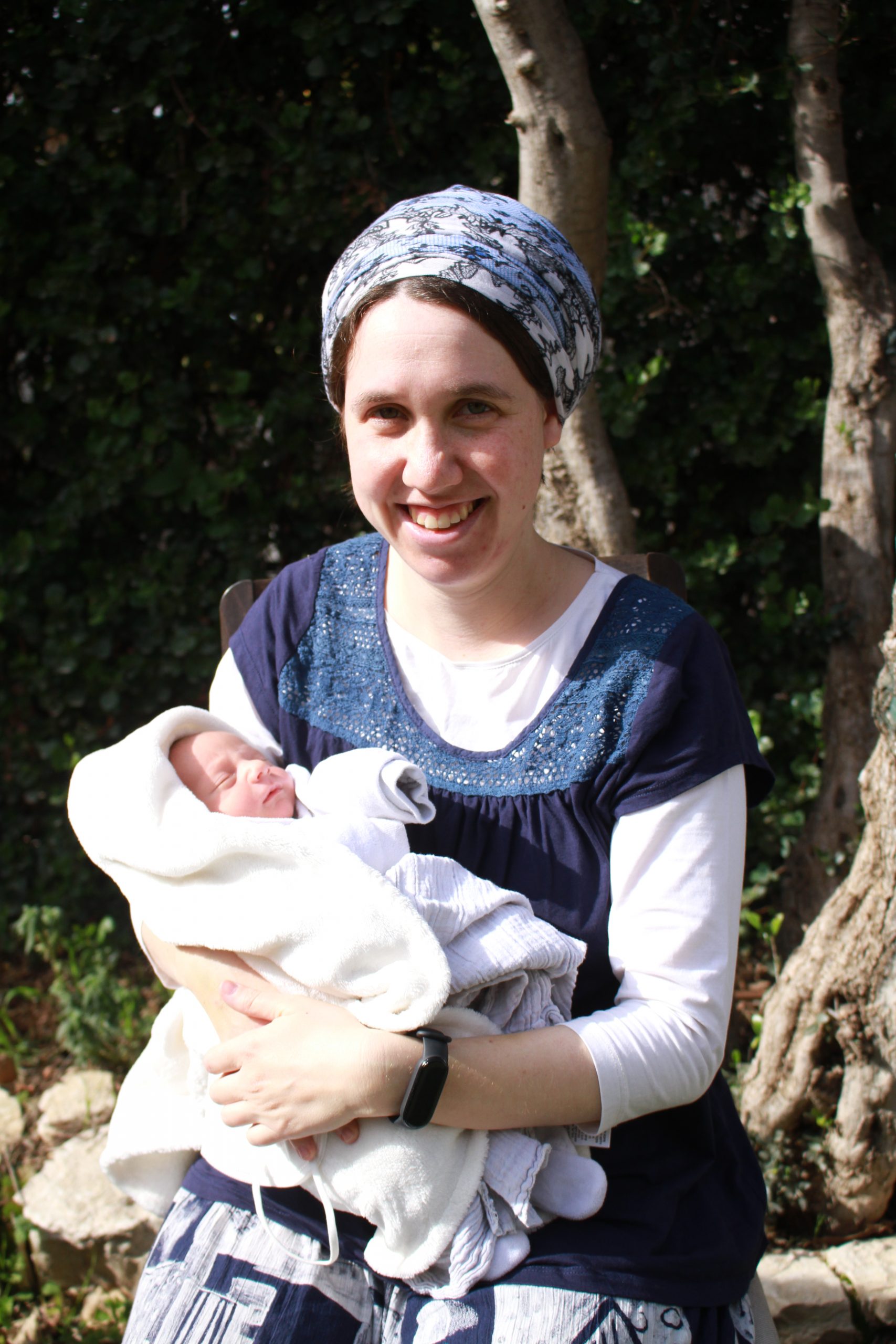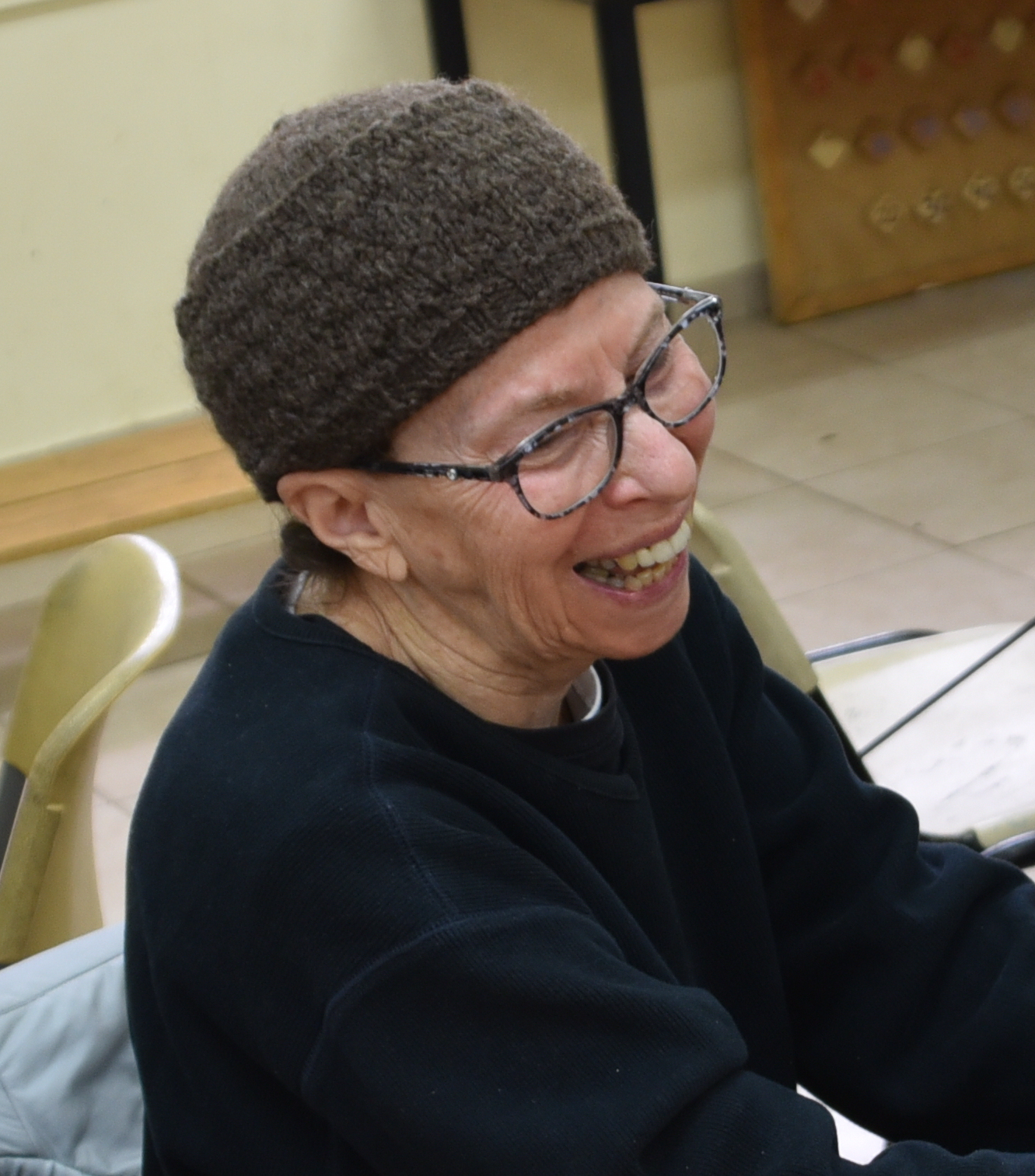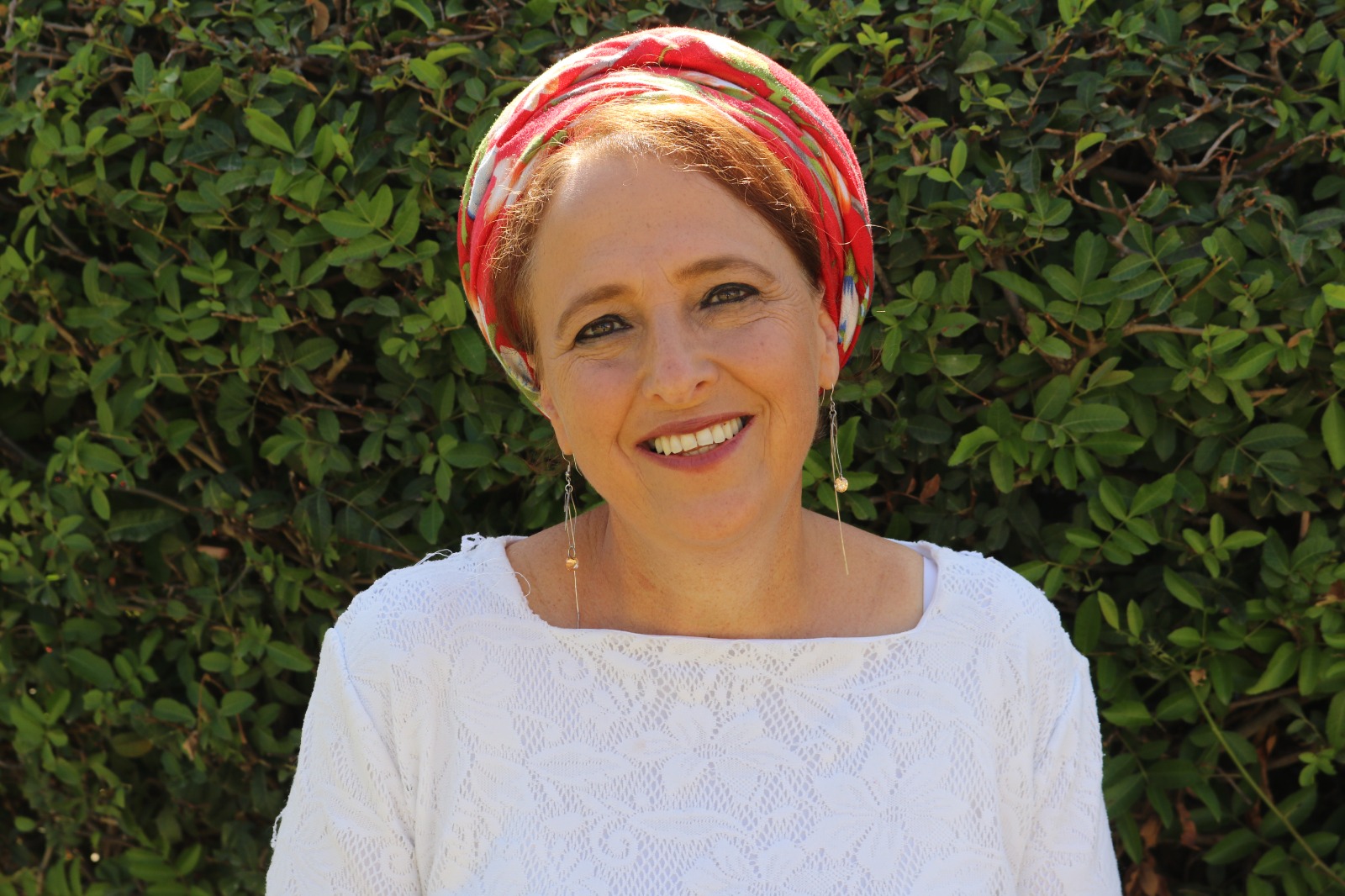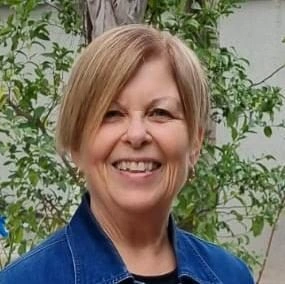הגמרא מדברת על סוגים שונים של סכינים – האם השימוש בהם מותר לעניין שחיטה?חתיכת הבשר – לדוגמה, סכין שהשתמשו בו לעבודה זרה? לשחוט טריפה?

כלים
הלימוד השבוע מוקדש ע”י רוברט ופאולה כהן לע”נ יוסף בן משה הכהן ז”ל. יוסף היה חזן שאהב מאוד לשיר, עבד קשה בחייו והיה מאוד מסור למשפחתו ולקהילה.
כלים
העמקה
רוצה להבין מה באמת קורה מתחת לפני השטח של הסוגיה?
שיעורים, פודקאסטים והרחבות של מיטב המורות שלנו יפתחו לך עוד זוויות וכיווני חשיבה.
חדשה בלימוד הגמרא?
זה הדף הראשון שלך? איזו התרגשות עצומה! יש לנו בדיוק את התכנים והכלים שיעזרו לך לעשות את הצעדים הראשונים ללמידה בקצב וברמה שלך, כך תוכלי להרגיש בנוח גם בתוך הסוגיות המורכבות ומאתגרות.
פסיפס הלומדות שלנו
גלי את קהילת הלומדות שלנו, מגוון נשים, רקעים וסיפורים. כולן חלק מתנועה ומסע מרגש ועוצמתי.
חולין ח
א”ר זירא אמר שמואל ליבן סכין ושחט בה שחיטתו כשרה חידודה קודם לליבונה והאיכא צדדין בית השחיטה מירווח רווח
§ Rabbi Zeira says that Shmuel says: If one heated a knife until it became white hot [libben] and slaughtered an animal with it, his slaughter is valid, as cutting the relevant simanim with the knife’s sharp blade preceded the effect of its white heat. Had the effect of the heat preceded the cutting, the animal would have been rendered a tereifa, an animal with a wound that will cause it to die within twelve months, before the slaughter was completed, by searing the windpipe and the gullet. The Gemara asks: But aren’t there the sides of the knife, which burn the throat and render the animal a tereifa? The Gemara answers: The area of the slaughter in the throat parts immediately after the incision, and the tissue on either side of the incision is not seared by the white-hot blade.
איבעיא להו ליבן שפוד והכה בו משום שחין נדון או משום מכוה נדון
A dilemma was raised before the Sages: If one heated a skewer [shappud] until it became white hot and struck a person with it, and after the wound healed a leprous mark developed, is that mark adjudged as a leprous boil or is it adjudged as a leprous burn?
למאי נפקא מינה לכדתניא שחין ומכוה מטמאין בשבוע אחד בשני סימנין בשער לבן ובפסיון ולמה חלקן הכתוב לומר שאין מצטרפין זה עם זה
What is the practical difference whether it is adjudged a boil or a burn? The difference is for that which is taught in a baraita: Both a leprous boil and a leprous burn become impure during one week of quarantine with two symptoms: With white hair that grows in the leprous mark and with spreading of the leprous mark. And why did the verse divide them into two separate passages even though their halakhic status is the same? The verse divided them to say that they do not join together to constitute the requisite measure of impure leprous marks. Rather, there is impurity only if the boil or the burn constitutes that measure individually.
ותניא איזהו שחין ואיזהו מכוה לקה בעץ באבן בגפת בחמי טבריא ובכל דבר שלא בא מחמת האור לאתויי אבר מעיקרו זהו שחין ואיזהו מכוה נכוה בגחלת ברמץ בסיד רותח בגפסית רותח ובכל דבר הבא מחמת האור לאתויי חמי האור זו היא מכוה
And it is taught in a baraita: Which wound is a boil and which is a burn? If one was struck with wood, with a stone, with pomace, with the hot springs of Tiberias, or with any item that is not heated by fire, a phrase that serves to include lead that was mined from its source in the ground, which is occasionally hot enough to burn a person, this impression left on the skin is a boil. And which wound is a burn? If one was burned with a coal, with hot ashes, with boiling limestone, with boiling gypsum [begippesit], or with any item that is heated by fire, a phrase that serves to include water heated by fire, this impression left on the skin is a burn.
ותניא שחין ומכוה אם שחין קודם למכוה בטל מכוה את השחין ואם מכוה קודמת לשחין בטל שחין את המכוה
And it is taught in a baraita: If there is a boil and a burn on the same place on the skin and a leprous mark developed, the later wound determines the nature of the leprosy. Therefore, if the boil preceded the burn, the burn nullifies the boil and the mark is a leprous burn. And if the burn preceded the boil, the boil nullifies the burn and the mark is a leprous boil.
והכא היכי דמי כגון דהוה ביה חצי גריס שחין מעיקרא וליבן שפוד והכה בו ונפק ביה חצי גריס אחר
And here, where the dilemma was raised whether the mark that develops from being struck with a hot skewer is a boil or a burn, what are the circumstances? It is a case where initially there was a boil half the size of a split bean on the person’s skin, and one heated a skewer until it became white hot and struck him with it, and another mark half the size of a split bean emerged on the skin there.
מאי חבטא קדים ואתי הבלא ומבטל ליה לחבטא והוה ליה שחין ומכוה ולא מצטרפין או דלמא הבלא קדים ואתי חבטא ומבטל ליה להבלא והוה ליה שחין ושחין ומצטרף
The Gemara clarifies the dilemma: What is the halakha? Does the effect of the blow come first and then the effect of the heat comes and nullifies the effect of the blow, and it is a half-measure boil and a half-measure burn and they do not join together to constitute a full measure? Or perhaps the effect of the heat comes first and then the effect of the blow comes and nullifies the effect of the heat, and it is a half-measure boil and a half-measure boil and they join together.
ת”ש דאמר ר’ זירא אמר שמואל ליבן סכין ושחט בה שחיטתו כשירה חידודה קודם לליבונה אלמא חבטא קדים חדוד שאני
The Gemara suggests: Come and hear a resolution to the dilemma from that which Rabbi Zeira says that Shmuel says: If one heated a knife until it became white hot and slaughtered an animal with it, his slaughter is valid, as cutting the relevant simanim with the knife’s sharp blade preceded the effect of its white heat. Apparently, the effect of the blow comes first. The Gemara rejects that proof: Cutting with a sharp blade is different from striking with a blunt object, and only in the case of a blade does the cut precede the effect of the heat.
ת”ש ליבן שפוד והכה בו נדון משום מכות אש אלמא חבטא קדים התם נמי דברזייה מיברז דהיינו חדוד:
The Gemara suggests: Come and hear a resolution to the dilemma from a baraita: If one heated a skewer until it became white hot and struck a person with it and after the wound healed a leprous mark developed, that mark is adjudged as a leprous burn caused by fire. Apparently, the effect of the blow precedes the effect of the burn. The Gemara rejects that proof: There too, the reference is to a case where he stabbed the skin with the skewer, which is the same as cutting with a sharp blade.
אמר רב נחמן אמר רבה בר אבוה סכין של עבודת כוכבים מותר לשחוט בה ואסור לחתוך בה בשר מותר לשחוט בה מקלקל הוא ואסור לחתוך בה בשר מתקן הוא
§ Rav Naḥman says that Rabba bar Avuh says: With regard to a knife used for idol worship, it is permitted to slaughter an animal with it, but it is prohibited to cut meat with it. It is permitted to slaughter an animal with it because slaughtering it is a destructive action vis-à-vis the animal, which is worth more when it is alive. But it is prohibited to cut meat with it, because once the animal is slaughtered, cutting it is a constructive action that renders the meat manageable.
אמר רבא פעמים שהשוחט אסור במסוכנת ומחתך מותר באטמי דקיימין לקורבנא
Rava said: There are times when it is prohibited for one who slaughters an animal to use a knife used for idol worship, e.g., in the case of an animal that is in danger, meaning that it is about to die. If he does not slaughter the animal it would become an unslaughtered carcass and depreciate in value. And there are times when it is permitted for one who cuts meat to use a knife of idol worship, e.g., in the case of an animal whose thighs are intended to be sent as a gift to a person of stature. Cutting it into pieces would render it unfit for this purpose, thereby diminishing its value.
ותיפוק ליה משום שמנונית דאיסורא
The Gemara challenges: And derive that it is prohibited to use a knife used for idol worship, not because benefit from it is prohibited, but due to the residue of fat of forbidden carcasses on the knife.
בחדשה
The Gemara rejects that possibility: Rav Naḥman is referring to the case of a new knife on which there is no residue.
חדשה בין לר’ ישמעאל בין לר’ עקיבא משמשי עבודת כוכבים הן ומשמשי עבודת כוכבים אינן אסורין עד שיעבדו איבעית אימא דפסק ביה גווזא לעבודת כוכבים ואיבעית אימא בישנה שליבנה באור
The Gemara challenges: If it is a new knife, both according to Rabbi Yishmael and according to Rabbi Akiva, who disagreed about whether an idol is forbidden from the moment that one crafts it or from the moment that one worships it, a knife is merely in the category of accessories of idol worship, and accessories of idol worship are forbidden only after they are used for idol worship. The Gemara explains: If you wish, say that the reference is to a case where he cut a branch [gevaza] for idol worship with the knife, which leaves no residue. And if you wish, say instead that Rav Naḥman is referring to the case of an old knife that he burned until it became white hot in the fire, and therefore, there is no residue on the knife.
אתמר השוחט בסכין של עובדי כוכבים רב אמר קולף ורבה בר בר חנה אמר מדיח לימא בהא קמיפלגי דמר סבר בית השחיטה צונן ומר סבר בית השחיטה רותח
§ It was stated: With regard to one who slaughters an animal with the knife of gentiles, Rav says: He peels off a layer of the flesh from the place on the animal where the knife touched the flesh and the forbidden residue on the knife was absorbed. And Rabba bar bar Ḥana says: He rinses the place where the knife touched the flesh. The Gemara suggests: Let us say that they disagree about this, that one Sage, Rabba bar bar Ḥana, holds: The area of the slaughter on the throat is cold and does not absorb the forbidden residue, and therefore rinsing is sufficient. And one Sage, Rav, holds: The area of the slaughter on the throat is hot and therefore it absorbs the forbidden residue.
לא דכ”ע בית השחיטה רותח הוא מאן דאמר קולף שפיר ומאן דאמר מדיח איידי דטרידי סימנין לאפוקי דם לא בלעי
The Gemara rejects that suggestion: No, it is possible that everyone holds that the area of the slaughter on the throat is hot. For the one who says that he peels off a layer, it works out well, and the one who says that he rinses the place where the knife touched the flesh holds that since the two organs that must be severed in ritual slaughter [simanim], i.e., the windpipe and the gullet, are occupied with discharging blood, they do not absorb the residue.
איכא דאמרי דכ”ע בית השחיטה צונן מאן דאמר מדיח שפיר מאן דאמר קולף אגב דוחקא דסכינא בלע
There are those who say that everyone holds that the area of the slaughter on the throat is cold. For the one who says that he rinses the place where the knife touched the flesh, it works out well, and the one who says that he peels off a layer holds that although that area is cold, due to the pressure of the knife on the throat, the flesh absorbs the residue.
סכין טריפה פליגי בה רב אחא ורבינא חד אמר בחמין וחד אמר בצונן והלכתא אפילו בצונן ואי איכא בליתא דפרסא למיכפריה לא צריך
§ With regard to a knife with which an animal that is a tereifa was slaughtered, Rav Aḥa and Ravina disagree. One says: One purges it in hot water to remove the absorptions from the tereifa, and one says: One rinses it in cold water, and that is sufficient. And the halakha is: One may rinse it even in cold water. And if there is a tattered piece of a curtain with which to wipe the knife, one need not rinse it.
ולמאן דאמר בחמין מ”ט משום דקא בלעה איסורא דהיתירא נמי בלעה אבר מן החי אימת בלעה לכי חיימא אימת קא חיימא לכי גמרה שחיטה ההיא שעתא היתירא הוה:
And according to the one who says that one purges it in hot water, what is the reason that he must do so; is it due to the premise that the knife absorbed forbidden residue? That reasoning should not be limited to a case where he slaughtered a tereifa. A knife with which he slaughtered an animal that is permitted should also require purging, because it absorbed residue from the limb from a living animal before the slaughter was completed. The Gemara answers: When is there concern that the knife absorbed the residue? It is when the throat grows warm. When does it grow warm? It is at the point when the slaughter is complete. At that moment, it is already permitted.
אמר רב יהודה אמר רב הטבח צריך שלשה סכינין אחת ששוחט בה ואחד שמחתך בה בשר ואחד שמחתך בה חלבים
§ Rav Yehuda says that Rav says: The slaughterer requires three knives, one with which he slaughters the animal, and one with which he cuts meat, and one with which he cuts forbidden fats. One may not use the same knife for cutting the meat and the forbidden fats due to the residue on the knife after cutting the forbidden fats.
וליתקן ליה חדא וליחתוך בה בשר והדר ליחתוך בה חלבים גזירה שמא יחתוך חלבים ואחר כך בשר השתא נמי מיחלף ליה כיון דאצרכינהו תרי אית ליה היכרא
The Gemara suggests: And let him designate one knife for cutting both the meat and forbidden fats and cut meat with it and then cut forbidden fats with it. In this manner the forbidden residue on the knife will not affect the meat. The Gemara explains: The Sages issued a rabbinic decree prohibiting the use of one knife to cut meat and then forbidden fats lest he also cut forbidden fats and cut meat thereafter. The Gemara challenges: Now too, after the decree mandating separate knives there is a concern that they will be confused for him and he will use the knife that cut the forbidden fats to cut the meat. The Gemara explains: Since the Sages required him to have two knives, he has a conspicuous marker on one of the knives that will prevent confusion.
וא”ר יהודה אמר רב הטבח צריך שני כלים של מים אחד שמדיח בו בשר ואחד שמדיח בו חלבים וניתקן ליה חדא ונדיח בו בשר והדר נדיח בו חלבים גזירה שמא ידיח חלבים ואח”כ בשר השתא נמי מיחלפי ליה כיון דאצרכיניה תרתי אית ליה היכרא
And Rav Yehuda says that Rav says: The slaughterer requires two vessels of water, one with which he rinses meat and one with which he rinses forbidden fats. The Gemara suggests: And let him designate one vessel and rinse meat with the water in the vessel and then rinse forbidden fats with the water in the same vessel. The Gemara explains: The Sages issued a rabbinic decree to prohibit doing so lest he rinse fats and rinse meat thereafter. The Gemara challenges: Now too, after the decree mandating separate vessels there is a concern that they will be confused for him and he will rinse meat in the vessel in which he rinsed fats. The Gemara answers: Since the Sages required him to have two vessels, he has a conspicuous marker on one of the vessels that will prevent confusion.
אמר אמימר משמיה דרב פפא לא ליסחוף איניש כפלי עילוי בישרא דדאיב תרבא ובלע בישרא
§ Ameimar says in the name of Rav Pappa: A person should not place [lisḥof] the flanks of an animal atop other meat so that the forbidden fats that are attached to the flanks are in contact with the other meat, due to the fact that the forbidden fat liquefies and flows and the meat absorbs it.
אי הכי כי תריצי נמי דאיב תרבא ובלע בשרא קרמא מפסיק מתתאי אי הכי
The Gemara raises an objection: If so, and that is a concern, when the flanks are placed in their typical manner [teritzi] as well, with the forbidden fat above the meat of the flanks, the forbidden fat flows and the meat of the flanks absorbs it. The Gemara explains: The membrane between the forbidden fat and the meat of the flanks interposes from below and prevents absorption of the forbidden fat. The Gemara challenges: If so,
